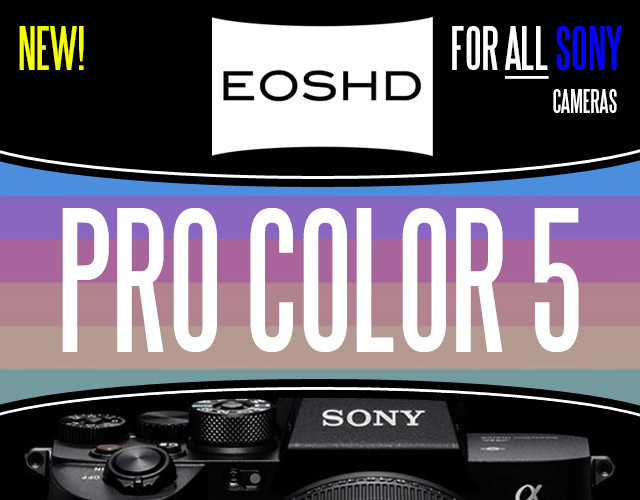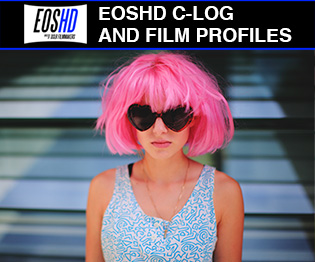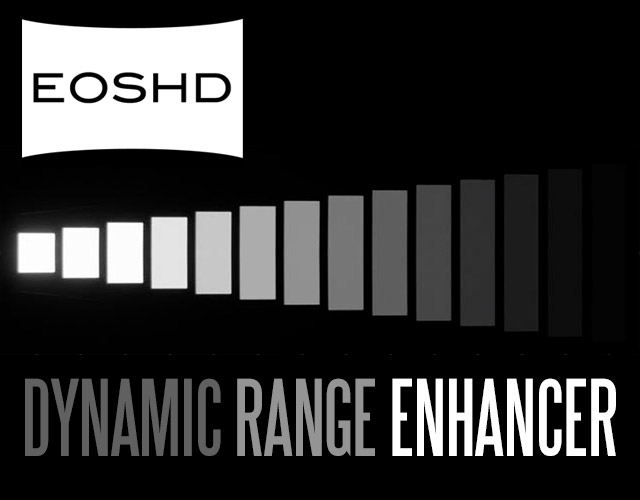-
Similar Content
-
canon How well does Canon's RF 28-70mm F2L USM lens perform together with Canon's EOS C70 when filming handheld?
By Maurits,
- 0 replies
- 3,542 views
-
- 12 replies
- 3,467 views
-
- 2 replies
- 1,706 views
-
- 4 replies
- 2,577 views
-
- 0 replies
- 1,807 views
-






Recommended Posts
Create an account or sign in to comment
You need to be a member in order to leave a comment
Create an account
Sign up for a new account in our community. It's easy!
Register a new accountSign in
Already have an account? Sign in here.
Sign In Now